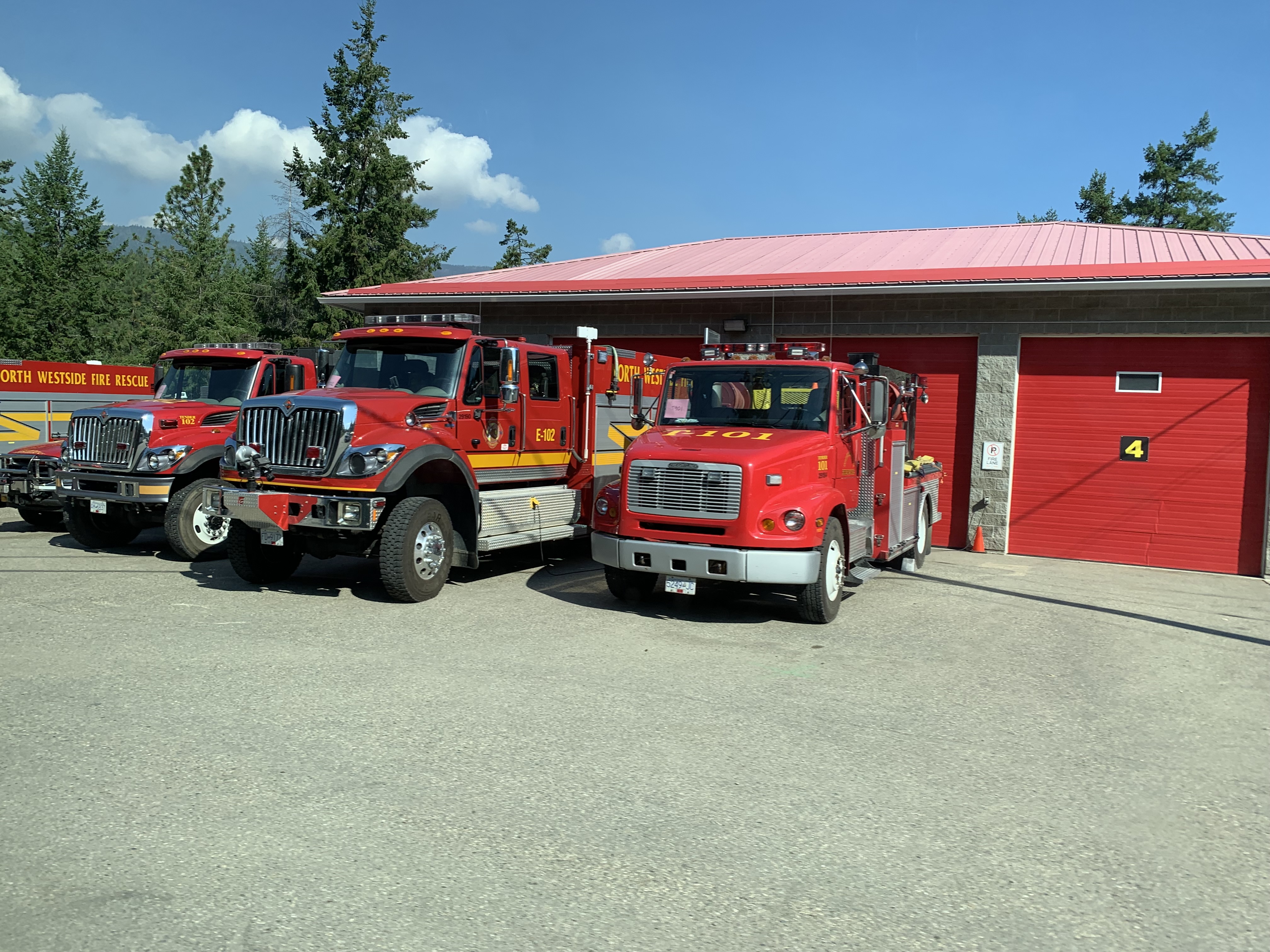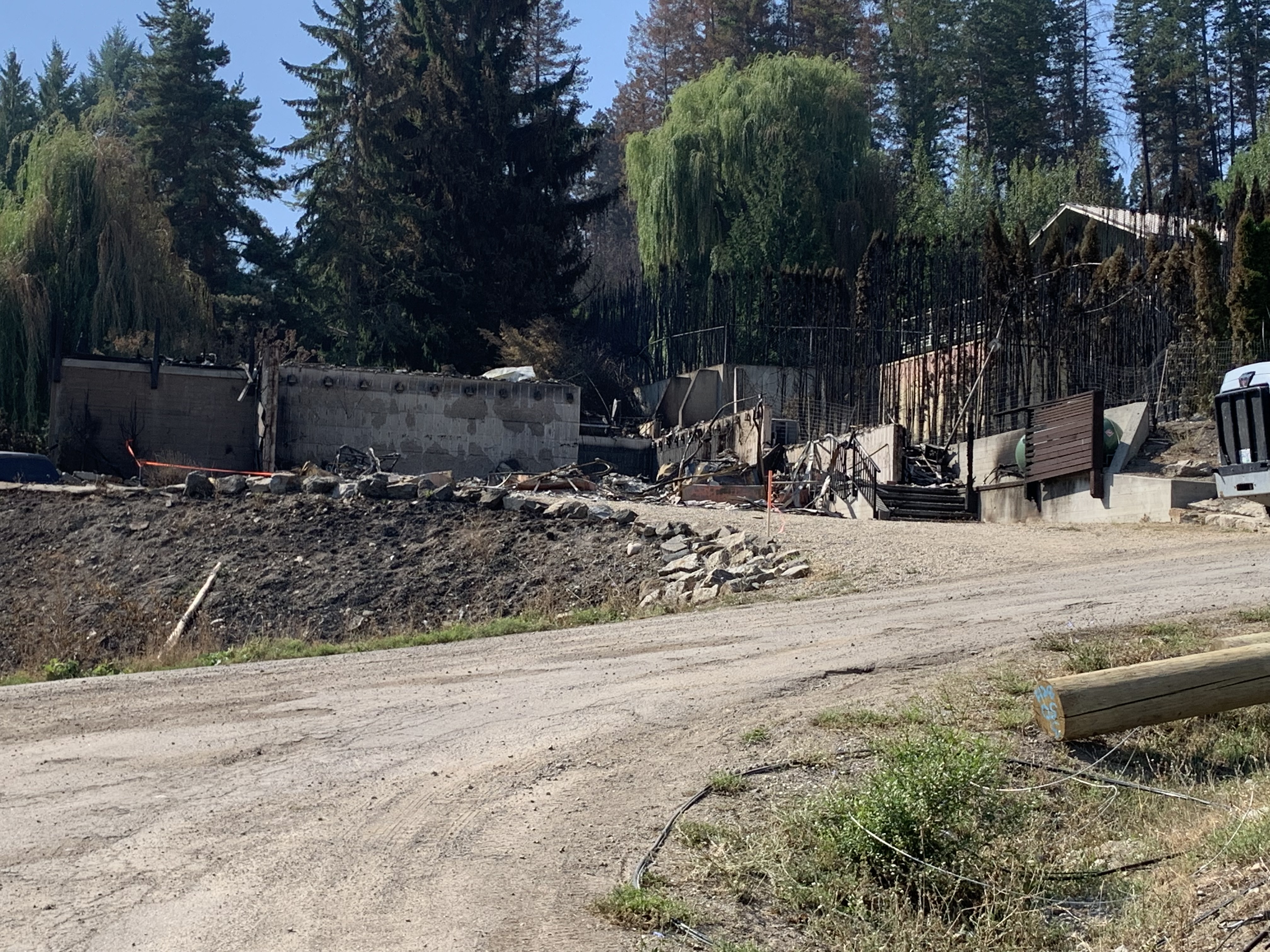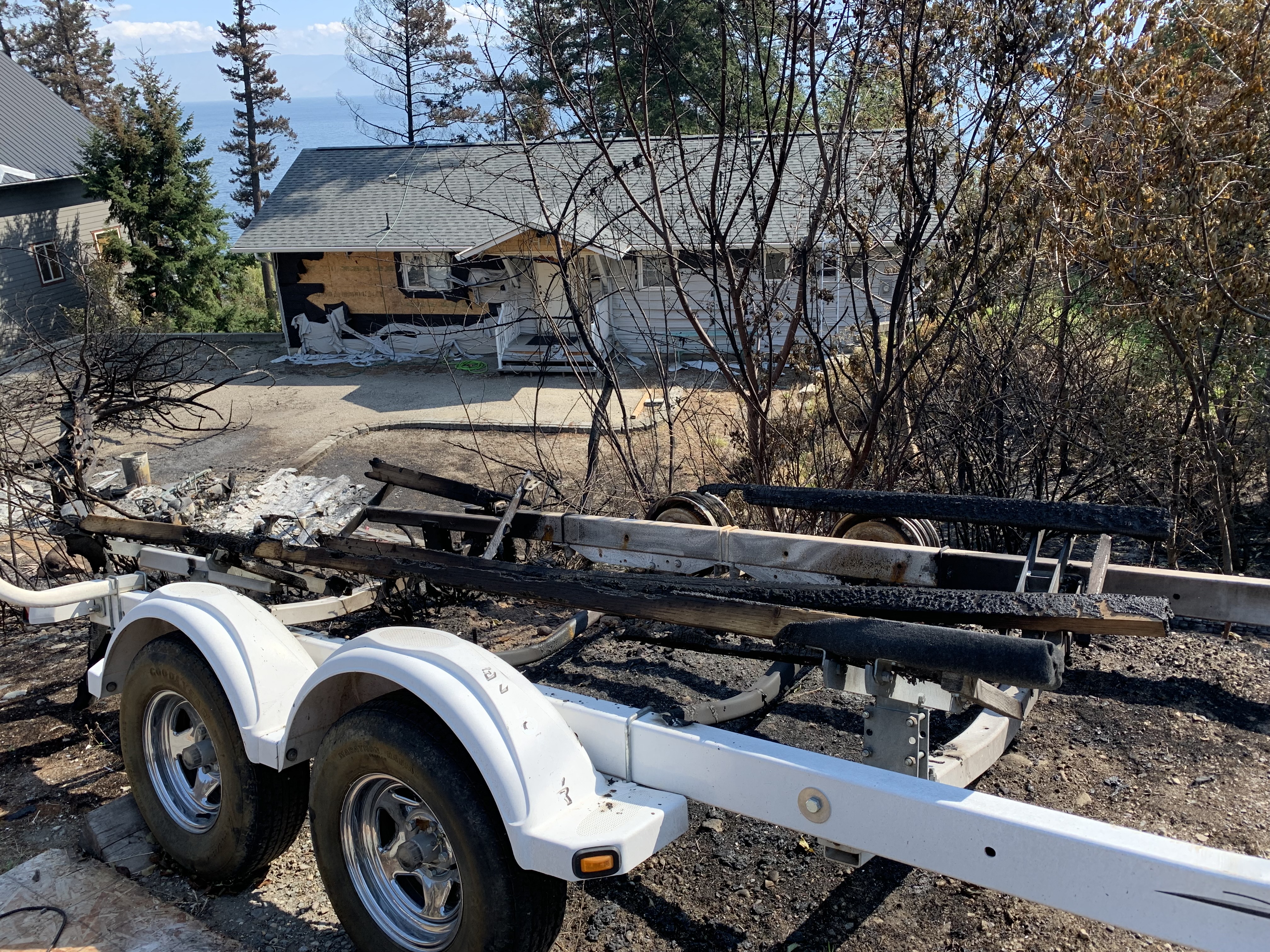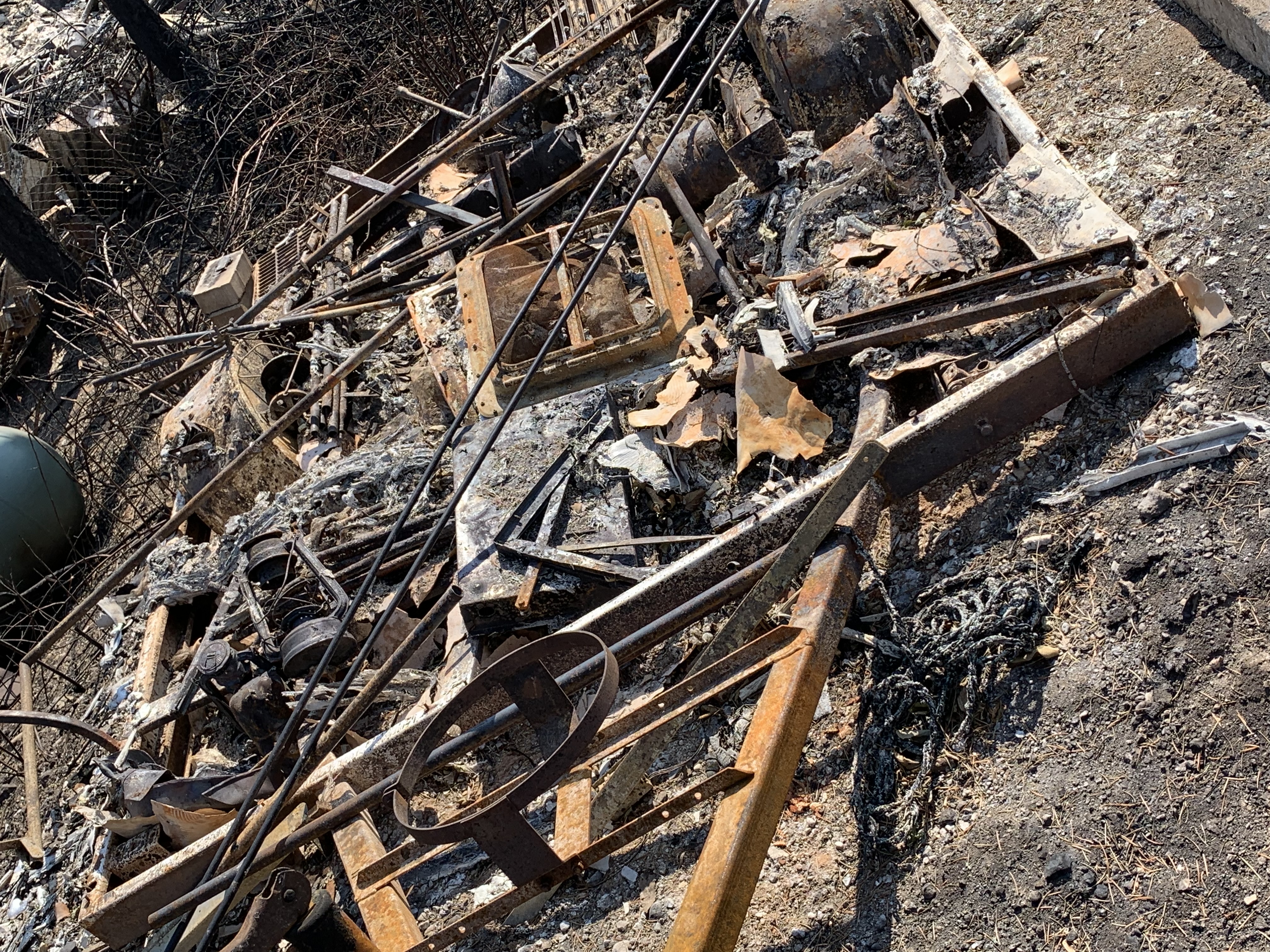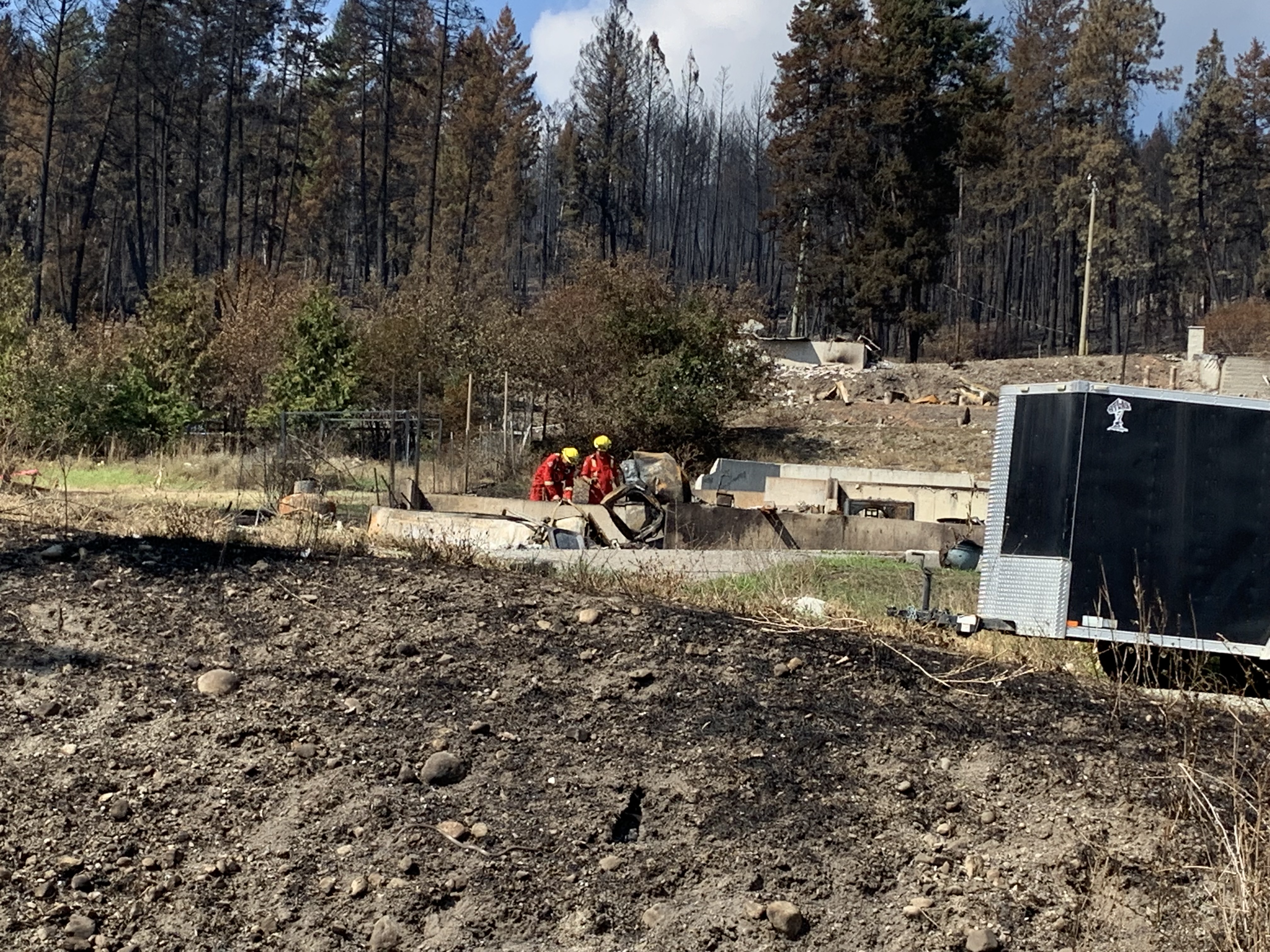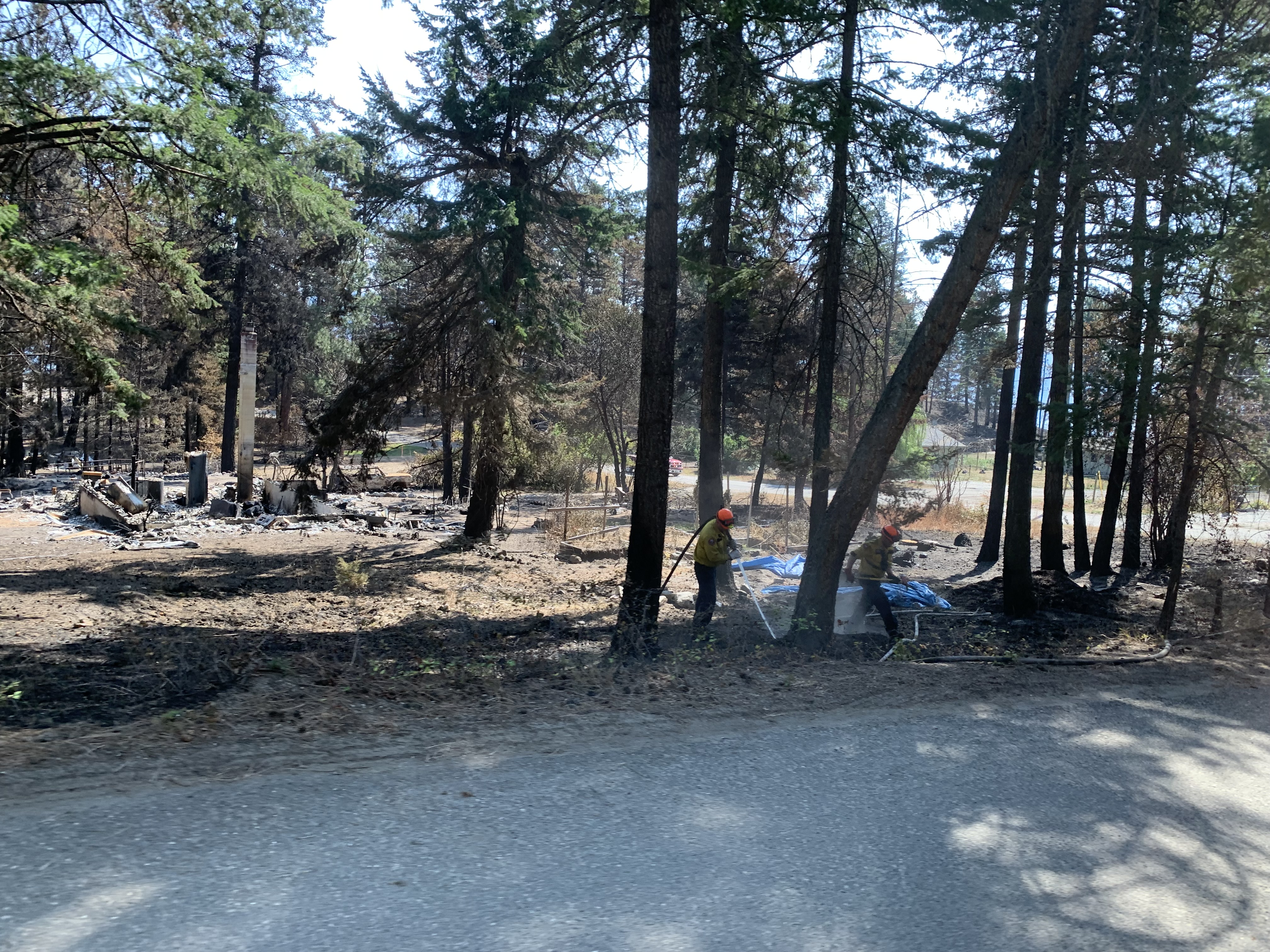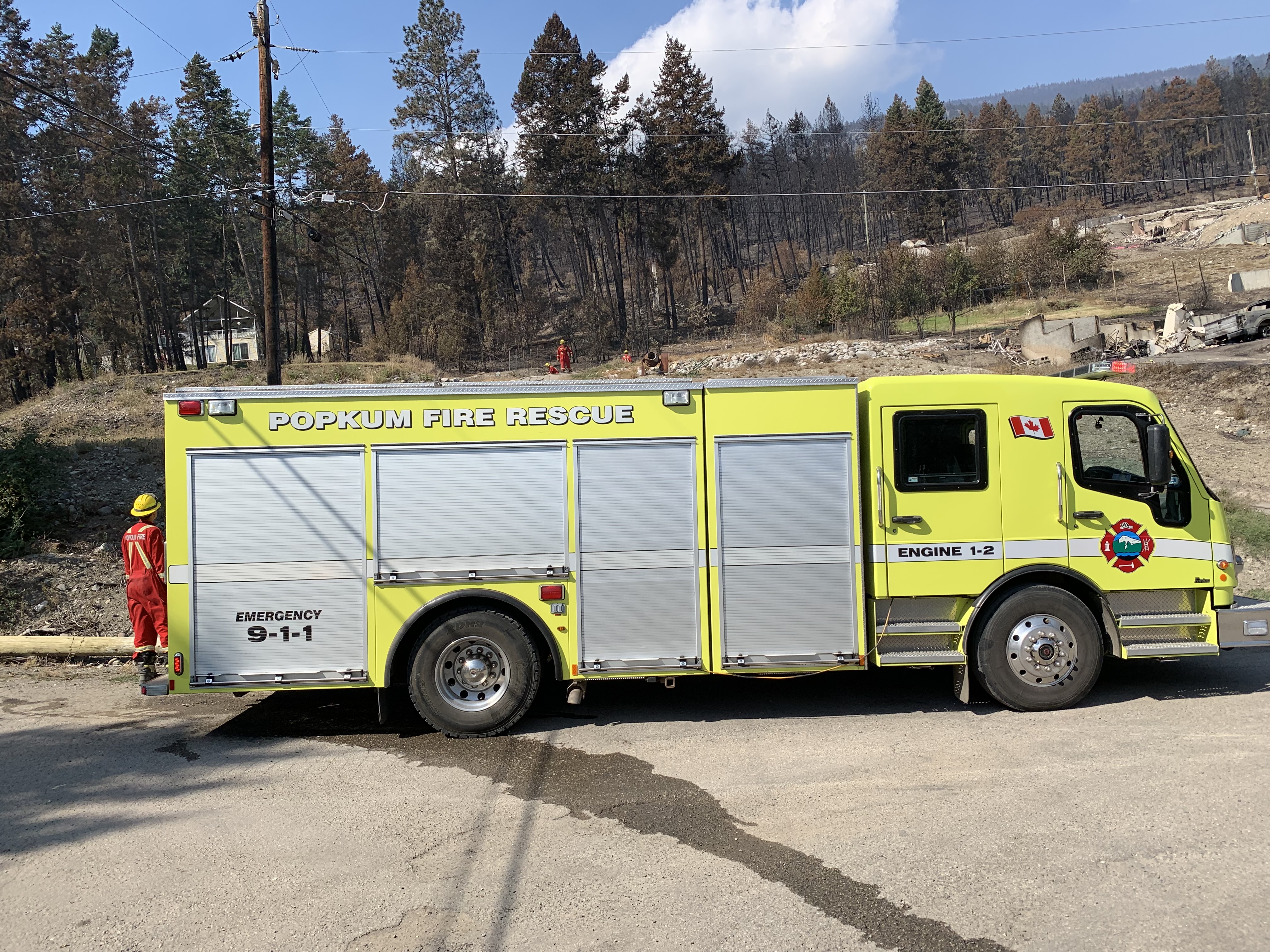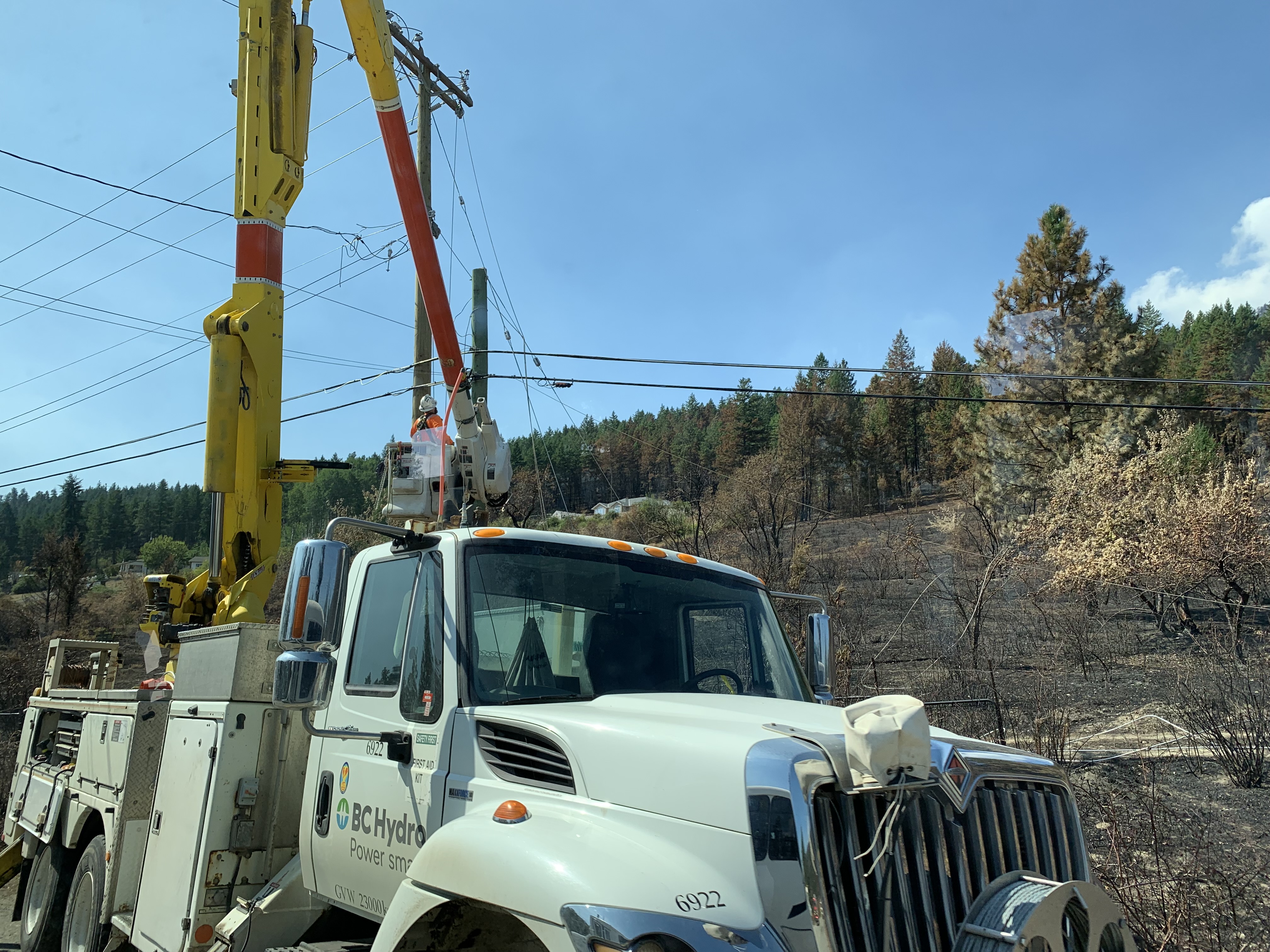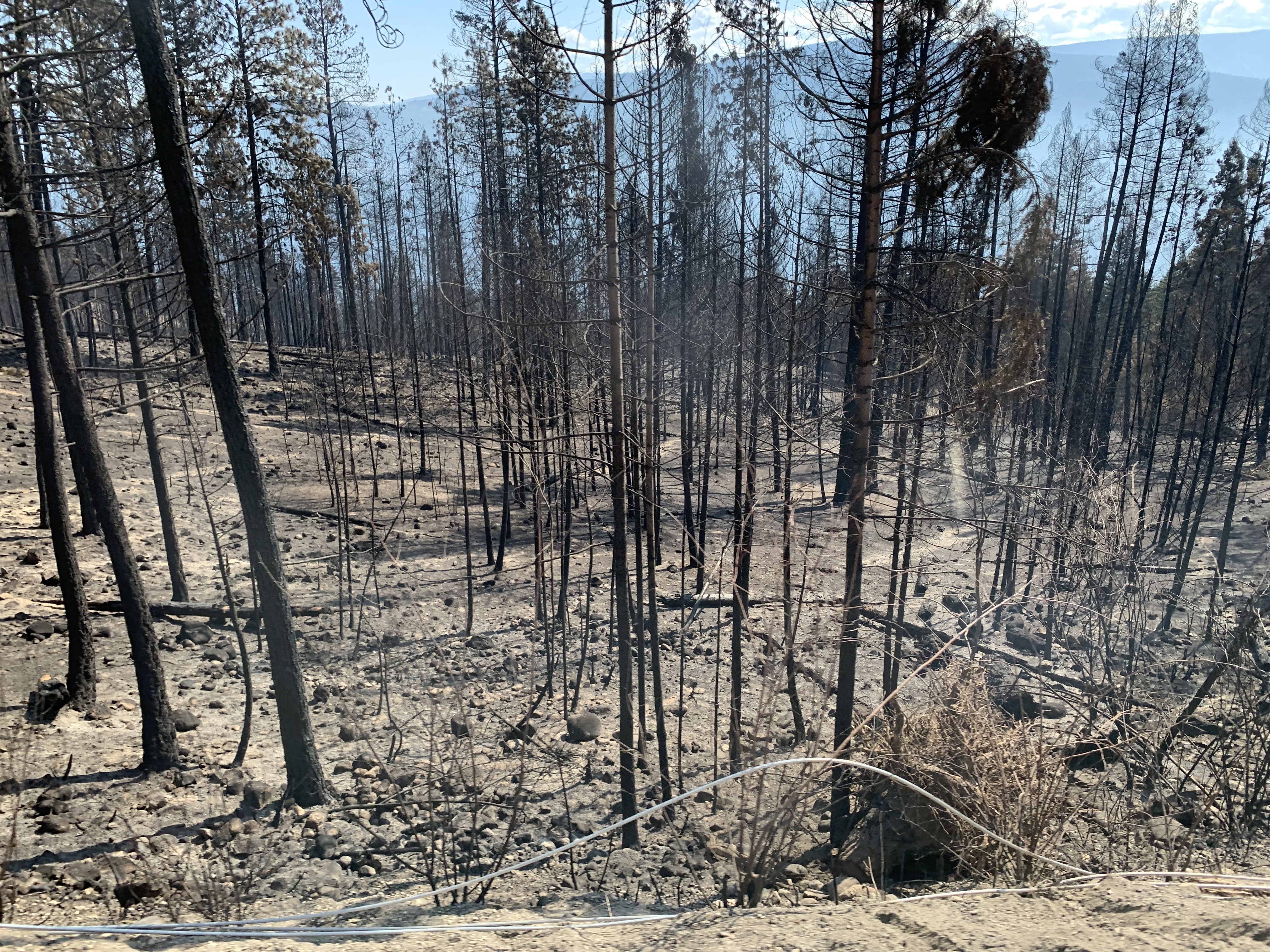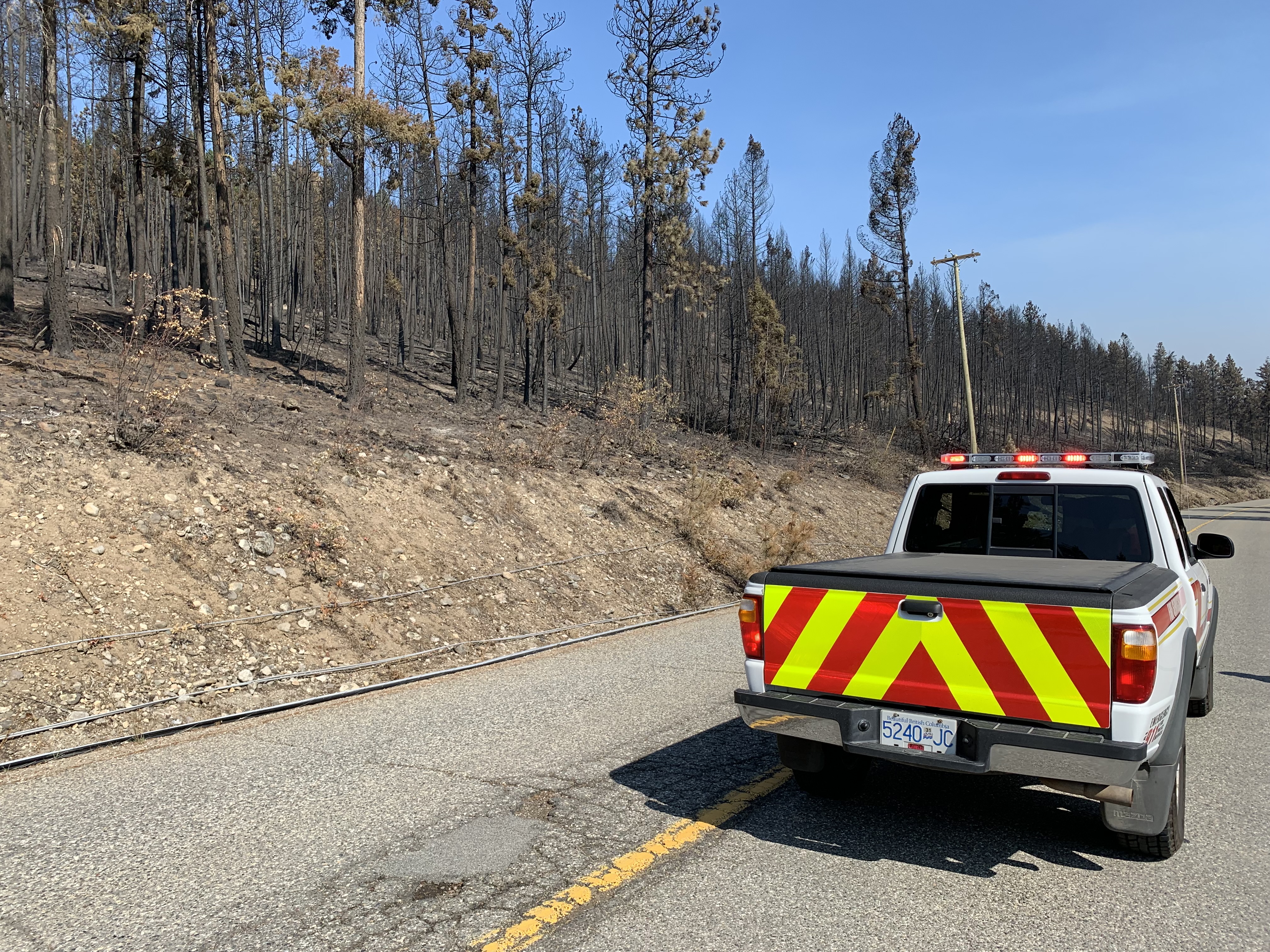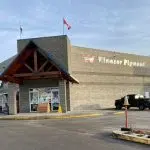Work to manage properties damaged by White Rock Lake fire ongoing
Fire crews, BC Hydro, Regional District of Central Okanagan staff and others are working in the Killiney Beach and Valley of the Sun areas off Westside Road to manage the properties damaged by the White Rock Lake wildfire.
Officials have confirmed that 78 properties have been directly impacted by the fire. Communities that have incurred damage, which remain on evacuation order, include Killiney Beach, Estamont Beach and the Beau Park area within the Regional District of Central Okanagan.
Communities where there are no reports of major structural damage, which also remain on evacuation order, include Westshore Estates, Wainman Cove, Ewings Landing, Upper Fintry, Valley of the Sun and select properties in Upper Fintry that remain on evacuation order.
The Regional District of Central Okanagan (RDCO) took members of the media on a tour of the area Tuesday in order to showcase the damage and allow the upwards of 1,300 people currently under evacuation orders to see what has happened and what is being done.


